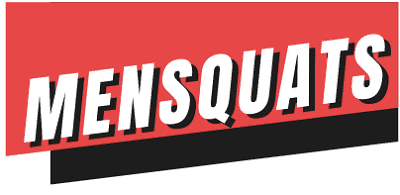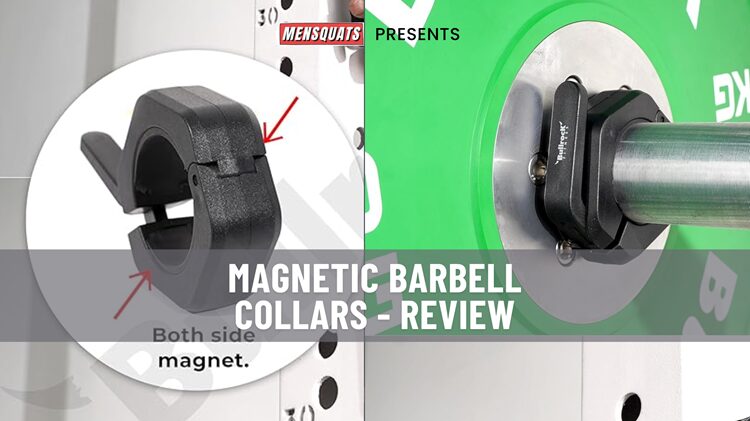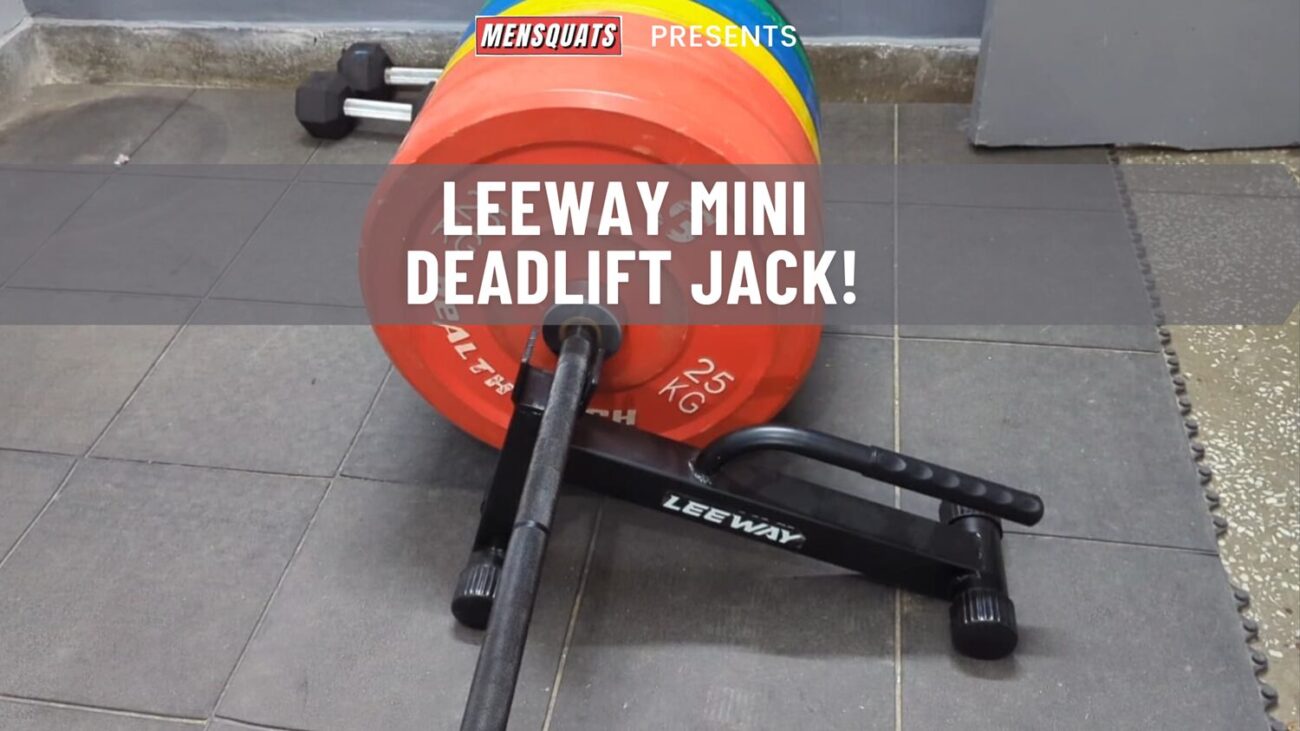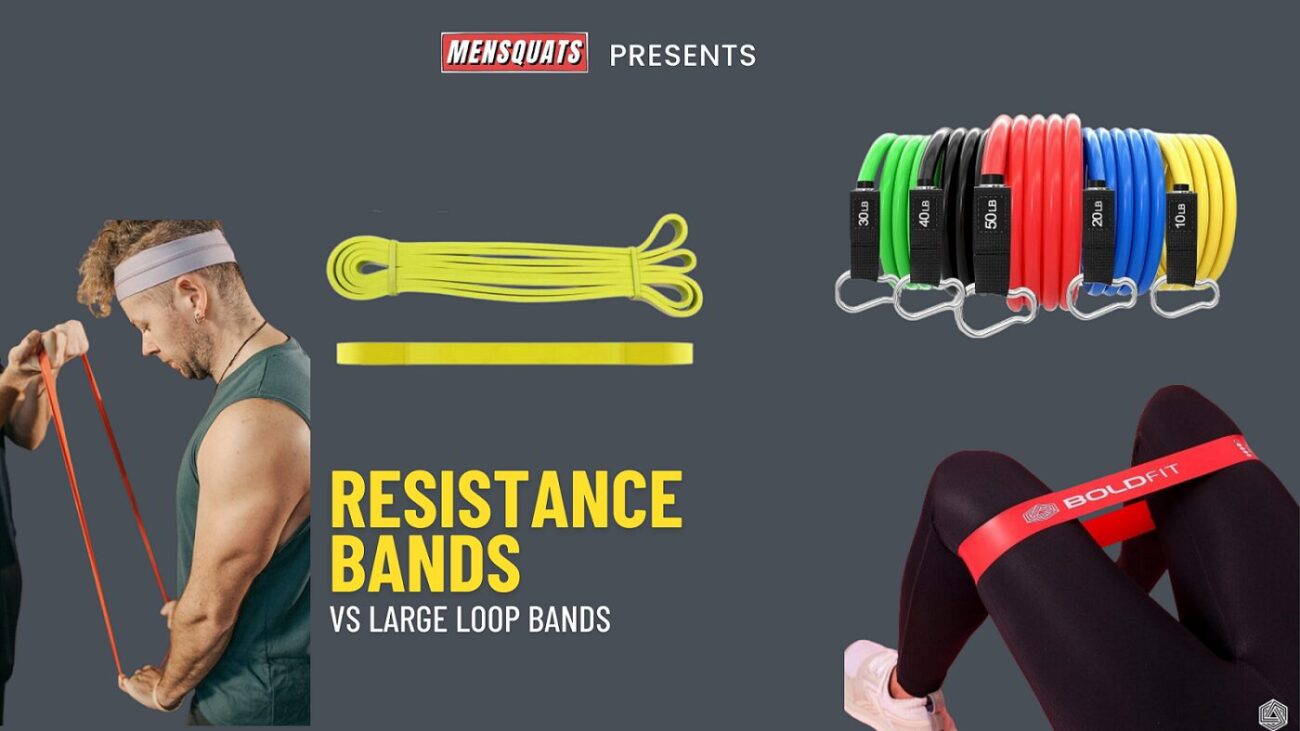Are knee sleeves cheating? Knee Sleeves vs Knee Wraps
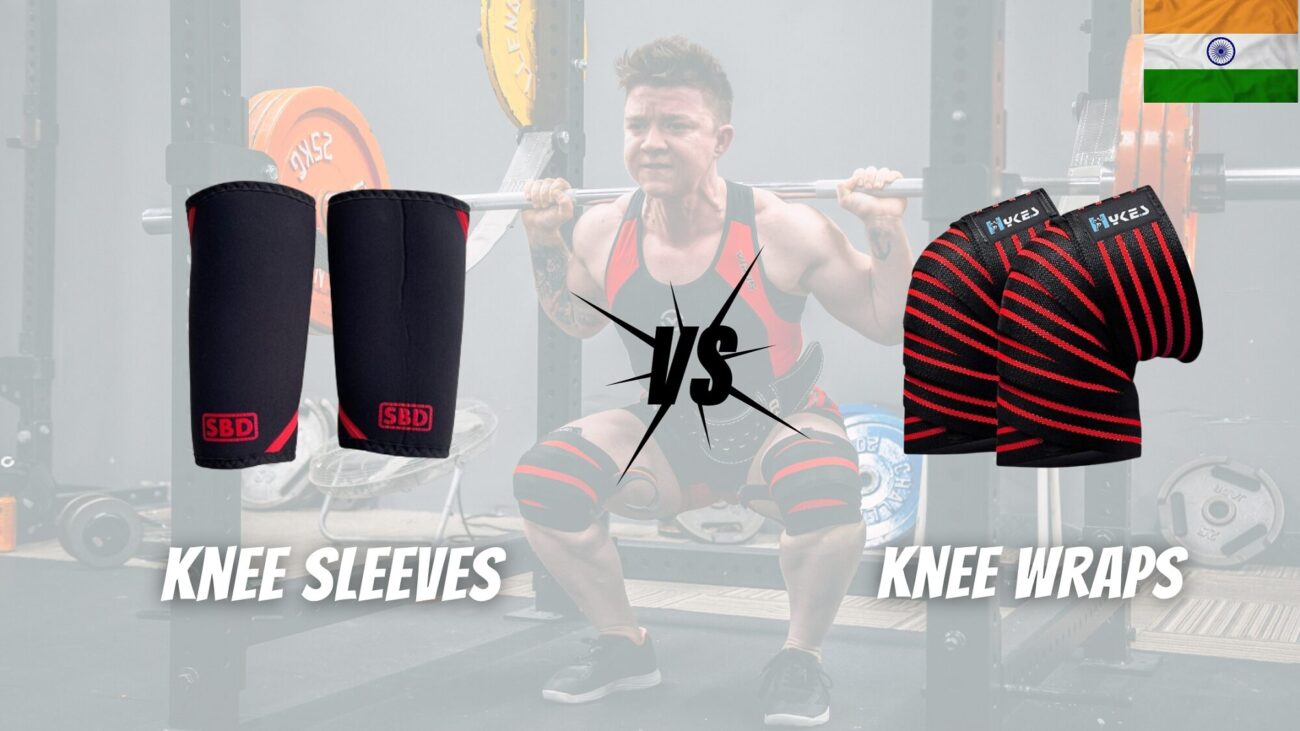
Have you ever wondered if wearing knee sleeves could help you squat more weight?
Well, get ready, because if that’s true, just imagine what could happen when you throw knee wraps into the mix. 😁
✔️ Well, let’s clarify first that there’s a difference between knee sleeves and knee wraps.
- Knee wraps are tight, create a lot of pressure, and offer a springiness that can help you add more weight to the bar.
- Knee sleeves may not add actual strength to your knees. The perception is that they warm up the joints, reducing pain and providing a sense of stability.
In my opinion, knee sleeves act as a psychological help only. The pressure they create signals the brain, possibly reducing the perception of pain and making you feel more stable.
It’s like a “thunder vest” for your knees, offering comfort and support.
Are knee sleeves cheating?
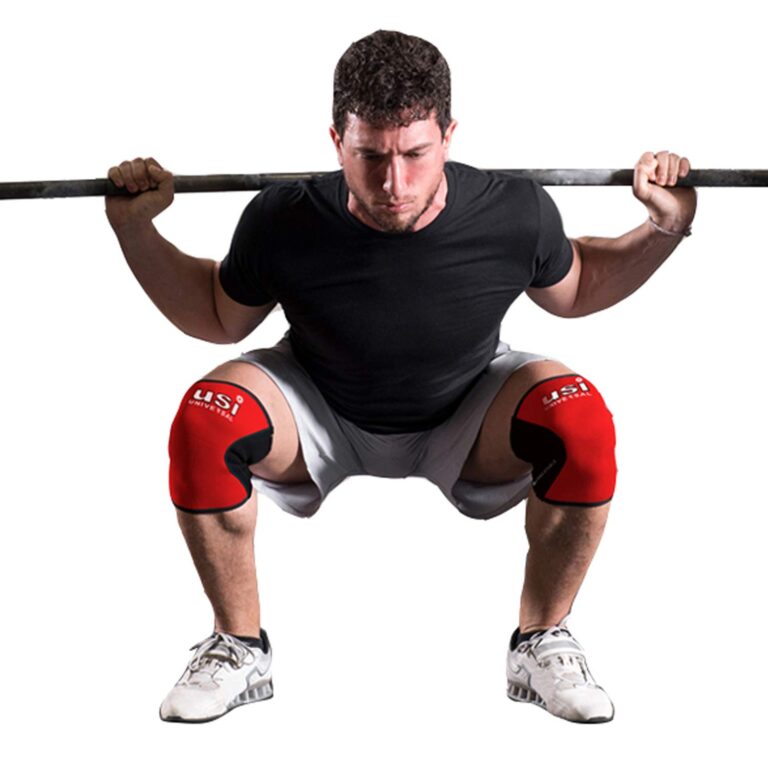
The quick answer is NO. ❌
They aren’t cheating or necessary, and if you can powerlift without relying on various lifting gears such as knee sleeves, wraps, or belts, you’re likely better off.
There may be more benefits to training without them.😁
👉 Using knee sleeves without addressing the root issue might hide problems rather than solve them. If you experience knee discomfort, relying on sleeves to help it without understanding the underlying cause could lead to more significant issues down the road.
Knee sleeves shouldn’t be a substitute for addressing and resolving the root problem.
While knee sleeves can provide some advantages, especially in competition settings where they are allowed, they aren’t a mandatory component of powerlifting.
It’s crucial to distinguish between competition training and everyday training.🏋️♂️
If you choose to use knee sleeves for gym, it’s essential to be mindful of not relying on them to push through pain or discomfort without understanding the source of the issue.
Are Knee wraps cheating?
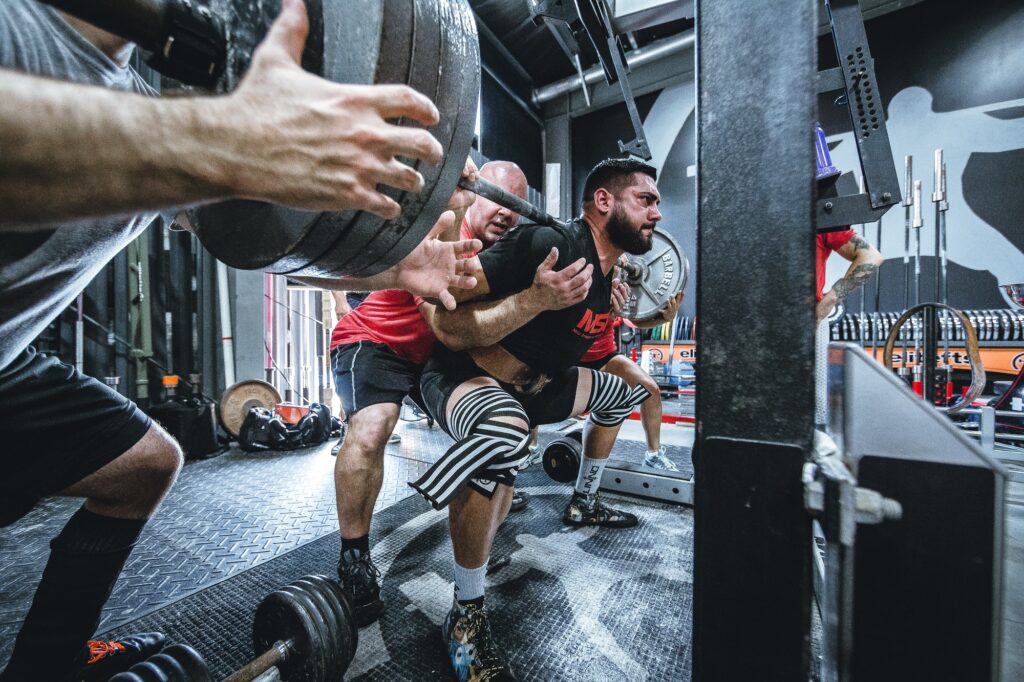
✔️ The quick answer is YES.
Imagine these stretchy bands for your knees, helping you lift way more weight!
They’ve become a game-changer, offering up to 20-30 kg of extra strength. This is because they provide support and stability to the knee joint, which allows you to generate more power.
In some powerlifting federations, they are allowed in competition, while in others they are not.
👉 So, who are these wraps good for?
If you are a competing powerlifter who is looking to increase your squat weight, knee wraps can be a valuable lifting gear.
They’ll help you push your limits and feel super strong.

But if you’re planning to compete, make sure you choose the right competition where wraps are allowed. Otherwise, you’ll be penalised.
😁 Key tip: Wrap as tightly as possible, pulling the slack out in both directions. At the top, walk the wrap into the muscle belly for a solid lock. For self-application, leave the release point at the top for easy removal.
Timing is crucial. Don’t wear knee wraps for too long before squatting, around 45 seconds max, to avoid discomfort or numbness. It’s a fine balance between support and blood flow.
❌ And a cautionary note: if you have clotting or vascular issues, knee sleeves might be a safer option.
Knee wraps can provide a significant boost in strength, but they do some of the work, especially if aesthetics are your main goal.
Knee Sleeves vs Knee Wraps: Which are better?
We’ll delve into the world of knee sleeves and knee wraps. 😁
👉 We’ll discuss the material, length, thickness, suitable users, potential gains, required skills, and price, and, of course, share our opinion on whether you should consider buying them or not?
Material of Knee Wraps and Knee Sleeves:
- Knee sleeves are made of neoprene material, available in 5mm and 7mm thicknesses.
- Knee wraps consist of elastic cotton material, and they come in two sizes: 2 metres and 3 metres.

Who uses Knee Wraps vs Knee Sleeves:
Knee sleeves find popularity among the powerlifting and weightlifting communities.
In contrast, knee wraps are exclusive to equipped power lifters—those powerlifters who compete in the equipped powerlifting division.
👉 For those unaware, powerlifting has two divisions: raw and equipped. And between you and me, raw powerlifting is considered a test of pure strength, while equipped powerlifting…
Well, some might say it involves a bit of cheating. 🖖
How much do you gain?
With knee sleeves, you can expect to gain approx 5 kg. They aren’t as supportive as you might think; they mainly keep your joints warm and provide comfort during squats.
On the other hand, knee wraps can potentially add a significant 10 to 30 kgs to your squat—only if you know how to use them. So, no, slapping on knee wraps won’t magically turn your 100 kg squat into a four-plate feat. 🚀
Do you require skill to use Knee Wraps and Knee Sleeves?
Now, the burning question: do you need any skill to use these? Well, with knee sleeves, it’s a simple process—just put them on and start squatting.
However, for knee wraps, you’ll need to learn the art of wrapping your knees properly to achieve that perfect rebound at the bottom of your squat.
If you’re unsure, there’s always a video on the internet to guide you.
Price Comparison:
The market is flooded with brands offering knee sleeves and wraps, from SBD, Hykes, and Grind Gear.
But before you buy, make sure the brand is approved in the federation you’re competing in.
Prices can vary from Rs 1000 to Rs 3500 for knee sleeves and 500 to Rs 1000 for knee wraps.💰
My Opinion: Which to buy?
- Best Overall

Knee Sleeves
- Knee cap Compression Support for Gym Running Cycling Sports Jogging Workout Pain Relief.
- Best Overall

Knee Wraps
- Weight Lifting Knee Wraps Training Straps Power Lifting Gym with 3 Line Strong Elastic Construction.
Now, for the moment you’ve been waiting for—my opinion.
Does it matter? Will anyone listen?
So, I’ll keep it simple:
- If you’re in the general strength category, just starting out, focus on technique and muscle building. No need for sleeves or wraps right away.
- If you’re a powerlifter or aspiring to be one, knee sleeves can boost your confidence and provide support at the bottom of your squat.
- And if you’re venturing into equipped powerlifting, knee wraps might just be your thing.😁
Conclusion
To address the question 👉 Are knee sleeves cheating? Nope. Well, they certainly make the load feel lighter, providing a mechanical advantage that you wouldn’t have without them.
The real question boils down to whether they genuinely help you get stronger. When I say stronger, I mean physical strength, not just adding more weight to the bar. 🖖
Are knee wraps cheating? Yes. They help you lift more weight. While knee wraps can inflate the numbers on the bar, it becomes a bit challenging to discern if the strength gains are genuine or simply a result of the wraps.
☑️ If you decide to use them, I’d suggest keeping them as loose as possible.
Remember: Tighter wraps offer more mechanical advantage and may allow you to add more weight, but it might not translate into increased strength.
Faqs
Q1: Which is better knee wraps or knee sleeves?
In my experience, I’ve noticed that training without knee wraps might be more beneficial. However, I must admit that one of my knees was bothering me, and the knee wrap did help some pain.
Q2: How to put on knee wraps for squats?
Start by pre-tightening the knee wrap, and rolling it to create tension. Loop one edge to keep it secure. When wrapping, focus on achieving 50/50 coverage, from the top of the calf to the VMO muscle, ensuring the entire joint is protected. Wrap towards the centre for optimal squat power.
Q3: How to use knee wraps?
☑️ Here’s my technique: skip the thumb loop, grip the pinky side, and start with an over-and-down wrap, creating an X pattern.
Zigzag your way up and down, ensuring about 3 to 4 layers on the wrist joint. This crisscross technique locks the forearm, preventing wrist rolling during the bench press.
Q4: Is wrapping your knee good for it?
Use knee wraps sparingly, only when necessary. If you’re aiming to add a bit of weight to the bar or have a specific reason to do so, go ahead. Ultimately, the choice to use knee wraps depends on your training goals and whether they serve your needs at that particular time.
Q5: How tight should a knee compression sleeve be?
It should feel snug and supportive. If it’s too loose, it won’t provide enough support, and if it’s too tight, it can be uncomfortable and even harmful.
Q6: Should I use knee sleeves for squats?
They can provide support and compression, which can help to reduce pain and improve proprioception (your body’s awareness of its position in space). However, it’s important to choose the right knee sleeve for that to happen!
Thanks for reading! I hope you like the answer to – “Are knee sleeves cheating? Knee Sleeves vs Knee Wraps”
If you have any questions, do leave a comment below.
Stay Strong.🏋️♂️
